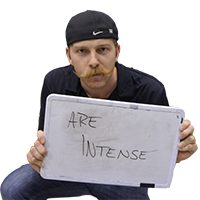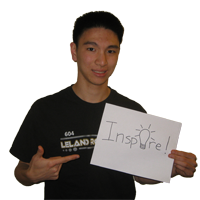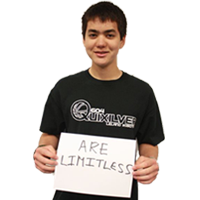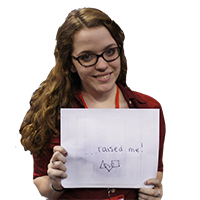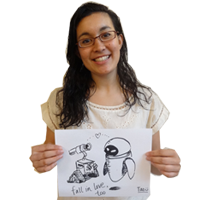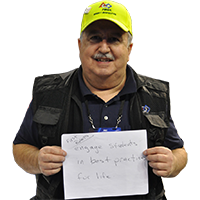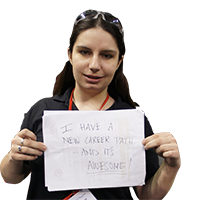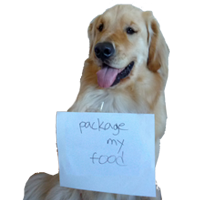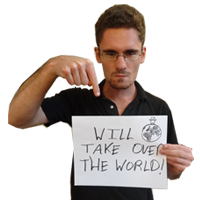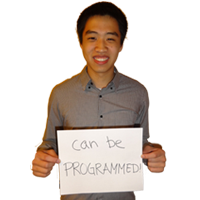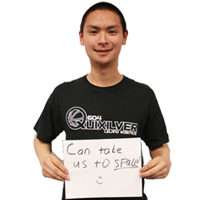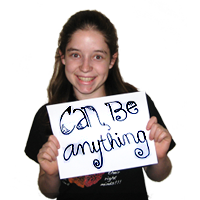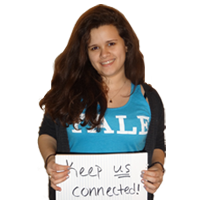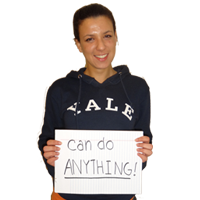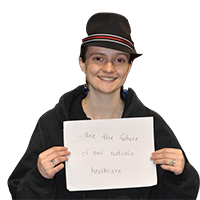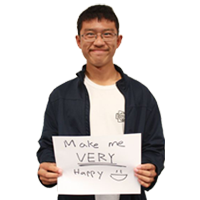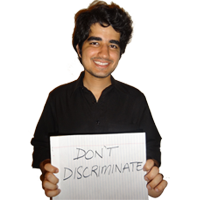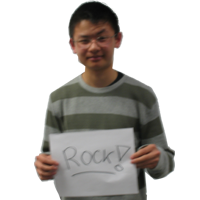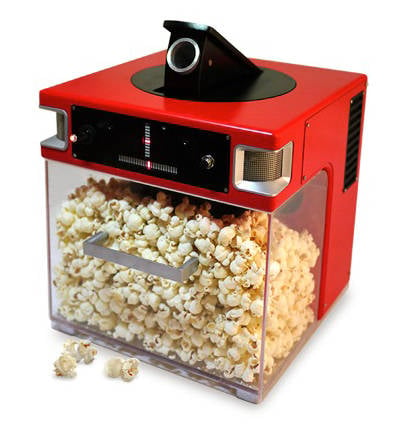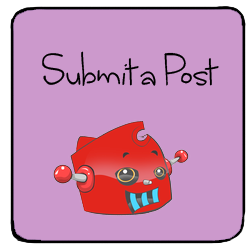As some of you might know, the PR2 robot made quite a stir when it first came out for sale. It is roughly the size of a person, and has a mobile base sitting on four casters, a movable torso, a head, two arms, a wide array of sensors, and sixteen cores for calculation.
These make PR2 very versatile for use in any situation, especially with its ability to be programmed easily. So this article will be all about the cool stuff that people have been programming the PR2 robot lately.

Laundry
Some might regard folding laundry as a simple task. But it’s important to realize that when you have folds in cloth or non-geometric configurations, it’s very hard to sense the differences and program a robot to figure out these functions. And yet, that’s what researchers at UC Berkeley have been working on.
The first clothing that the PR2 learned to do was towels. Through careful experimentation, the robot was made to grab a corner and drag it across the table, to find another corner. This first eliminated any complications through folds and secondly made the towel fairly geometric. Then, the robot could easily find the second corner and drag it, find a third corner and turn it into a rectangle, and then fold it normally.
The functionality of the robot also expanded to include shirts, pants, and more. Using a similar technique to folding towels, except for using more visual systems to compensate more corners.
And now for a fun video involving socks.
Carrying Trays
One of the main problems with the complex task of carrying objects on trays is that holding them perfectly horizontal makes them very susceptible to falling, especially at high speeds. This problem is also amplified in the example of holding liquids in open containers. So how do we solve this sort of problem?
Well, one researcher from Georgia Tech was able to solve this problem. The most obvious way to solve the problem is to limit the linear and angular accelerations of the tray so that it will never move too much and cause an object to fall. Another, possibly more “natural” way would be to calculate the tilt, and have it move in a way that the motion path never tilts the tray away from the direction of the cup, thus preventing it from falling.
And here’s a cool video of the PR2 robot in action, delivering beers from a refrigerator (not on a tray, though)
Cleaning Used Bottles
This is one of the more difficult tasks as well, because the PR2 robot must push around a tray that its body system does not compensate for. But it nevertheless has been performing just fine.
The robot moves around looking for bottles, and when it finds them, it takes a 3-D image and sends it to a computer, where a human user then decides whether the bottle has any liquid left, before telling the robot what things to trash. This means that this system isn’t fully autonomous yet, but it’s still in development, so who knows?
Making Cookies
And yet one more reason to join the robots: we have cookies.
Summary
So here we come to the end of another journey, this time about the amazing abilities of a PR2 robot as a household robot. Currently, the PR2 is quite expensive, and as you might have noticed from some of the videos (which needed to be sped up, if you didn’t notice) it is also not that fast at times. But it is one of the best robots that is currently available that is easily programmable. And that’s what makes it cool.
Plus it allows people to get lazier. In the future, we might have robotic butlers and maids everywhere! Although this may not be a perk depending on the perspective…
